Retaining walls have been used in landscaping for many years. The major function of a wall has been to contain soil but as time went on, many other uses for walls emerged such as for sitting areas, privacy walls, and pillars. These types of walls are known as freestanding walls. As you plan your landscaping design and look to incorporate walls, the following information will help give you some insight on what wall might best suit your area.
Modular Block/Free Standing Walls:
Modular block are made of manufactured concrete units and are available in a large variety of colors and sizes. This type of block is very durable and is much more attractive than the block of 20-30 years ago. Modular blocks are designed for strength as well as for fast, easy assembly. The block is simply stacked on one another while splitting the seams. To secure a modular wall, different items such as pins, clips, interlocking edges, or even glue can be used to secure them. Modular block and free standing walls are designed to be set on a compacted gravel base. This allows them to flex slightly with ground movement and still remain strong. Most modular walls are used to retain soil in an area but that is no longer the case. Freestanding walls are great for around patios and walkways because of a finished face on both sides of the wall. No matter where you are, you get that beautiful look from front and back of the wall. Most freestanding walls are usually secured by glue or pins. All modular walls can be finished off with a similar colored or contrasting color cap that is cut and glued into place.
Glacier Boulder Walls:
Glacial or fieldstone boulder walls are the longest lasting types of walls and are very popular in landscaping designs. Glacial or fieldstone boulders are very common in the Upper Midwest and colors can range from gray, beige, to rose. These types of walls offer a more natural look and have a non-formal feel to them. The sizes of the boulders can range from 8-12” all the way up to 4-5’. They tend to be more difficult to build because of the irregular shapes and the weight of the boulders may require heavy equipment. The final product looks like a piece of art!
Natural Stone Walls:
Historically, natural stone walls have been used the longest, but is also a more expensive option. Chilton wall stone is most popular stone but there are many other great options that include different types of natural stones and colors. Natural stone walls are a great asset when looking for that ‘natural look’. They are best suited for small areas to retain soil as well as to highlight gardens. In my opinion, natural stone walls should not be used in areas of heavy traffic or where the wall will exceed more than 4’ in height.
There are a lot of great options out there when you go to choose the type of wall that best suits your needs and yard space. If you need any advice on building your wall, there is a wealth of information on the internet to help guide you. Remember Pahl’s Landscaping is here to answer any questions you may have or even to help design and install your wall.

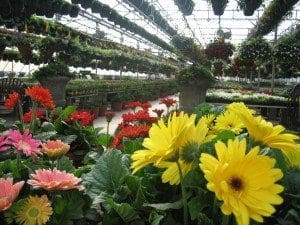
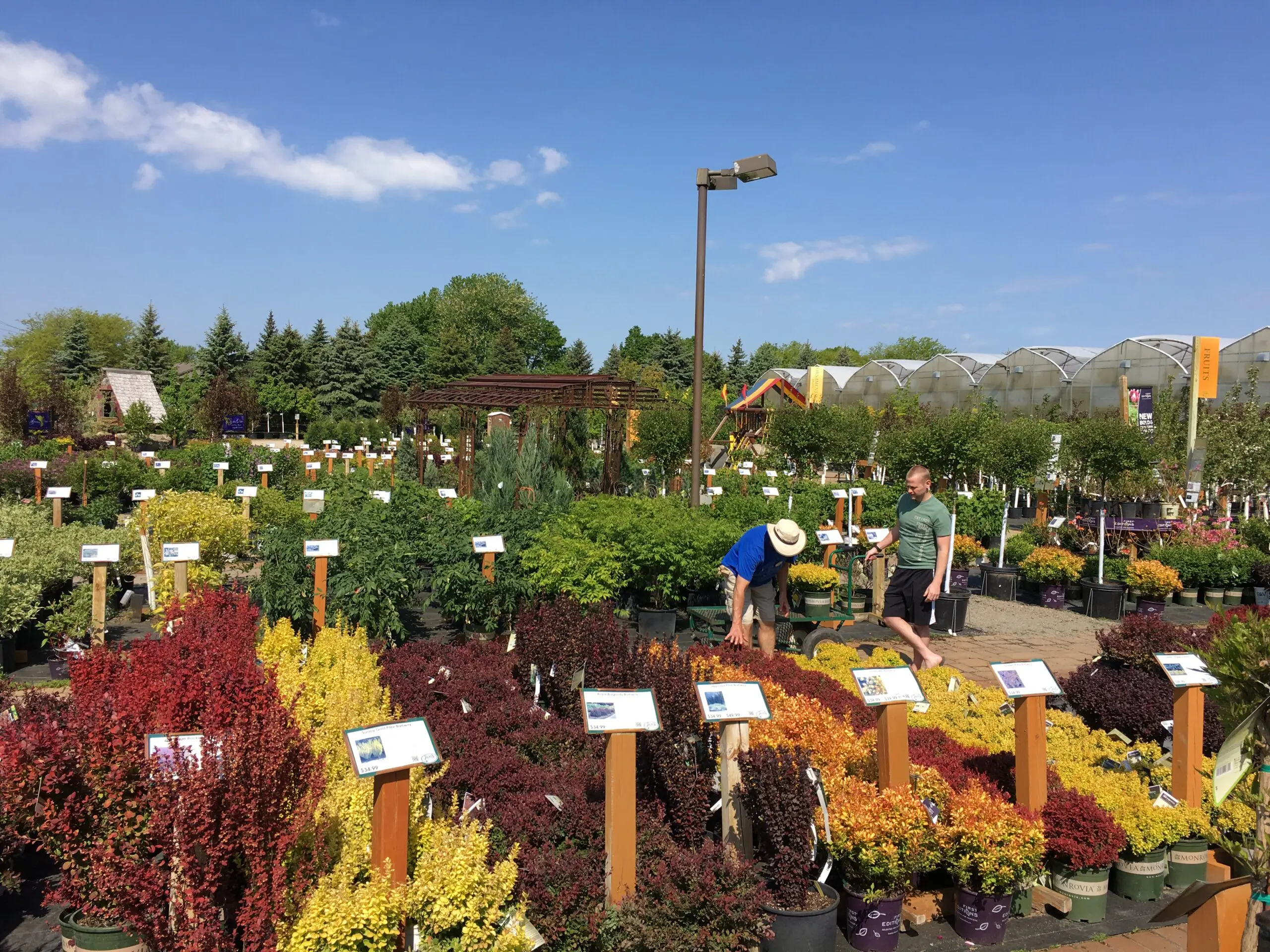
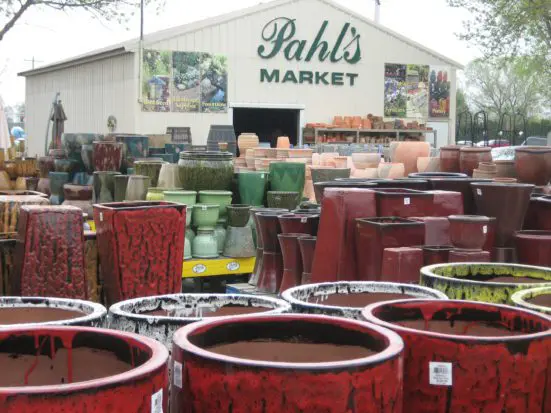
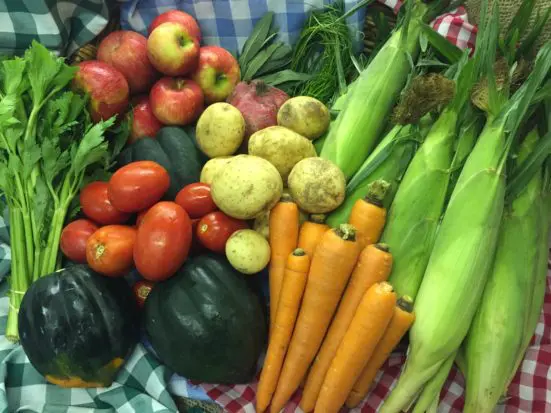

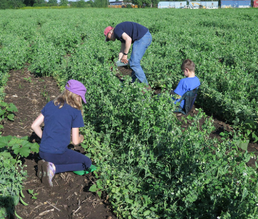
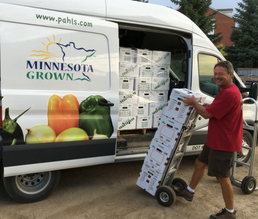
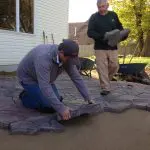
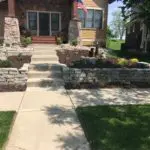
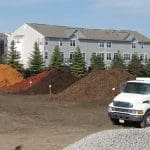
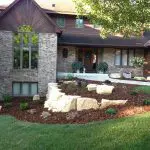
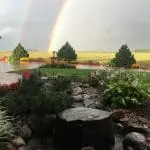

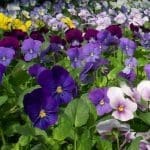


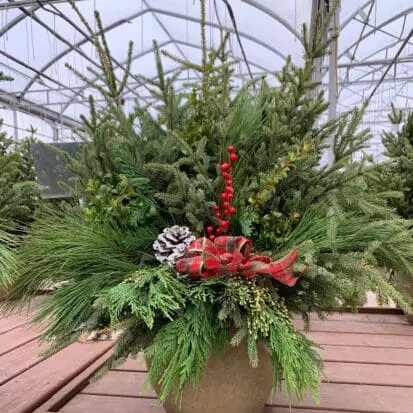

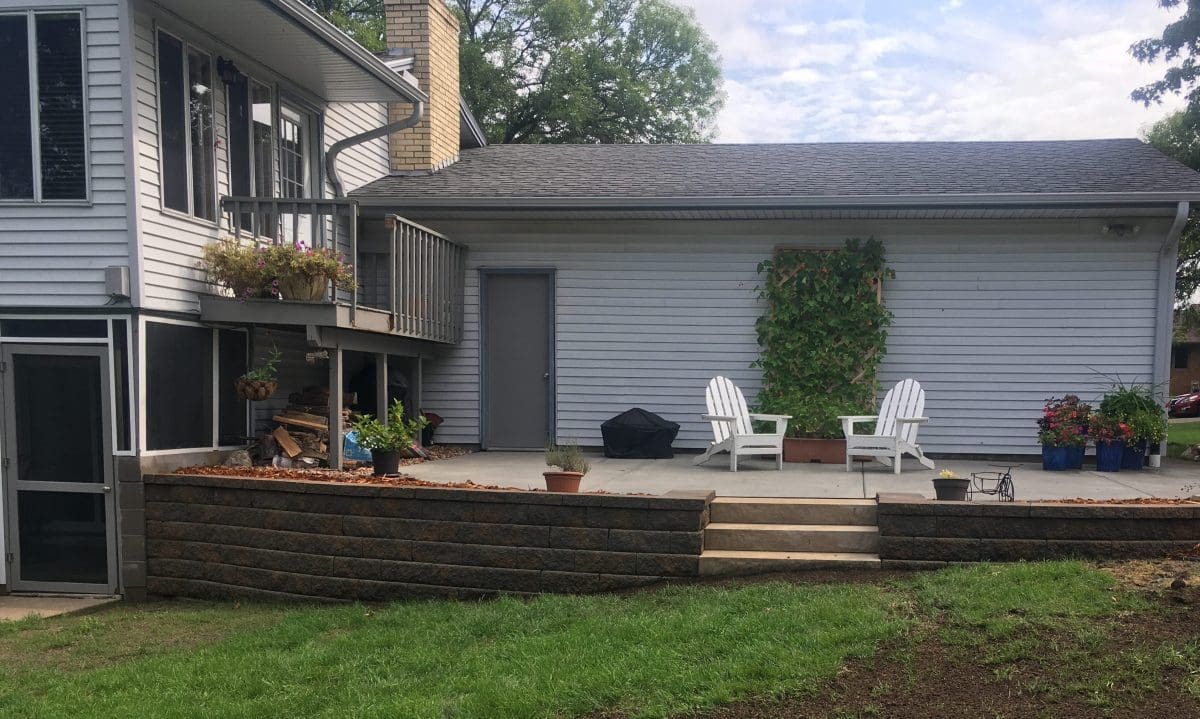
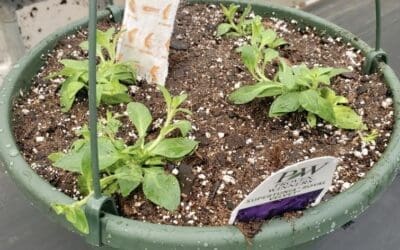
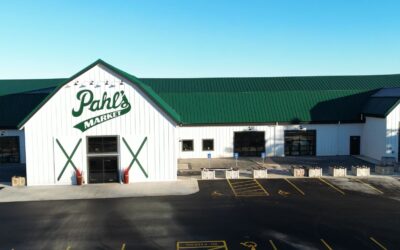

0 Comments